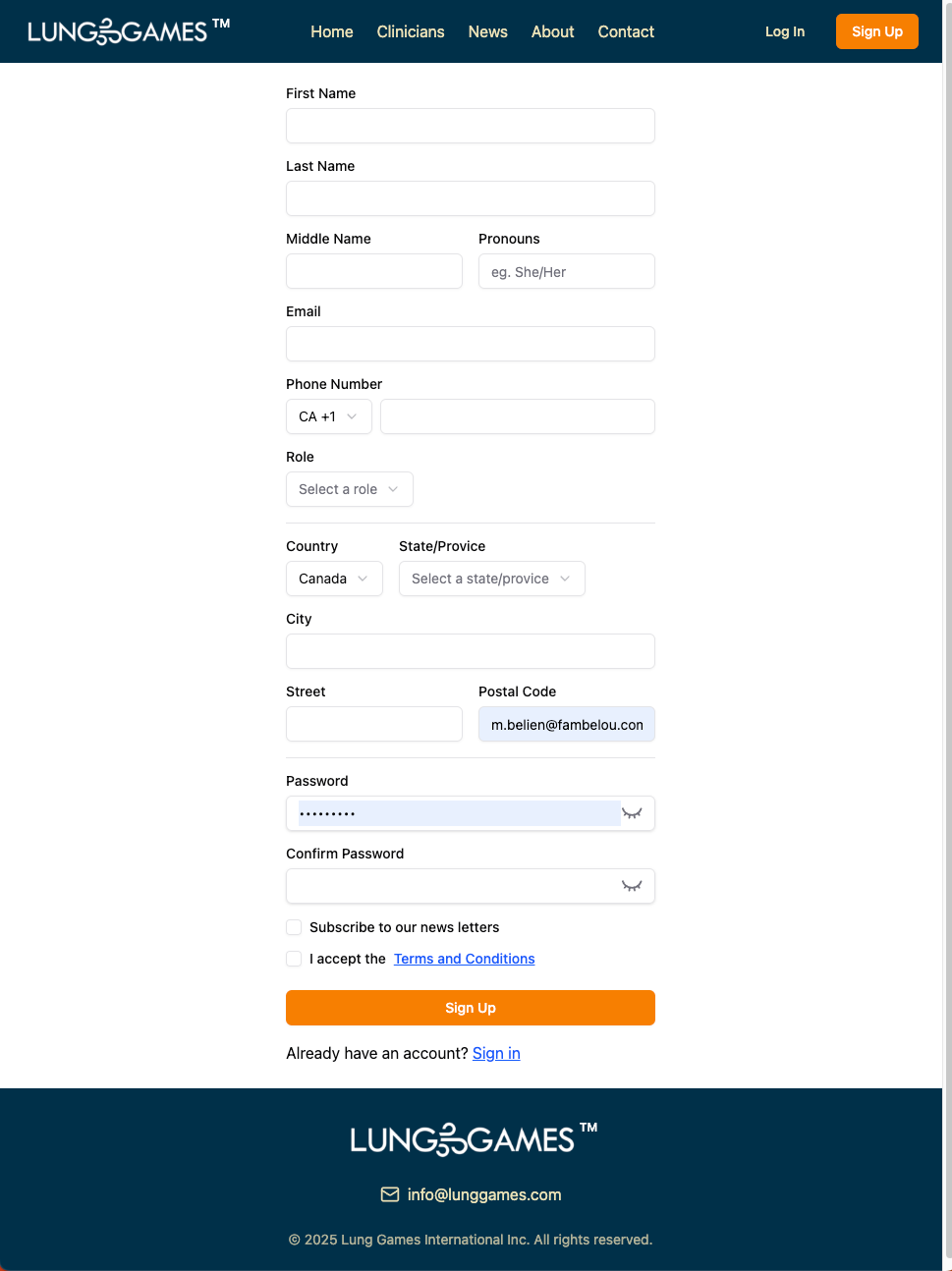INFO FOR patient / parent / Guardian
what is Sparky™?
Sparky is a fun, but serious game for 3 – 12 year-olds. It teaches your child the breathing techniques needed for spirometry through interactive play. As your child plays, they are learning to breathe deeply and correctly for spirometry through guided breathing activities, while you track their lung function in real time.... read more ...
Why Sparky™?
SparkyTM teaches breathing technique to measure lung function through play, helping to manage your child’s asthma and breathing issues anytime and anywhere.… read more ...
Getting Started
This section gives you step-by-step instructions from signing up for a subscription and setting up your account to adding your child to your account …. read more ...
Also see “How to PlaySparky”…
How To Play Sparky™?
Sparky has been designed for your child to play intuitively. They have fun without knowing they are doing spirometry. For parents and guardians, we have created a number onboarding videos to help you understand each step, from account and game setup to using your dashboard....read more ...
Sparky™ Dashboard?
The sparky Dashboard is designed for parents /guardians to see the spirometry test results for their child in real time, providing objective information to assist with the Asthma Action Plan developed with their child’s Clinician or to directly share the information with their clinician....read more ...
Also see “How to PlaySparky”…







